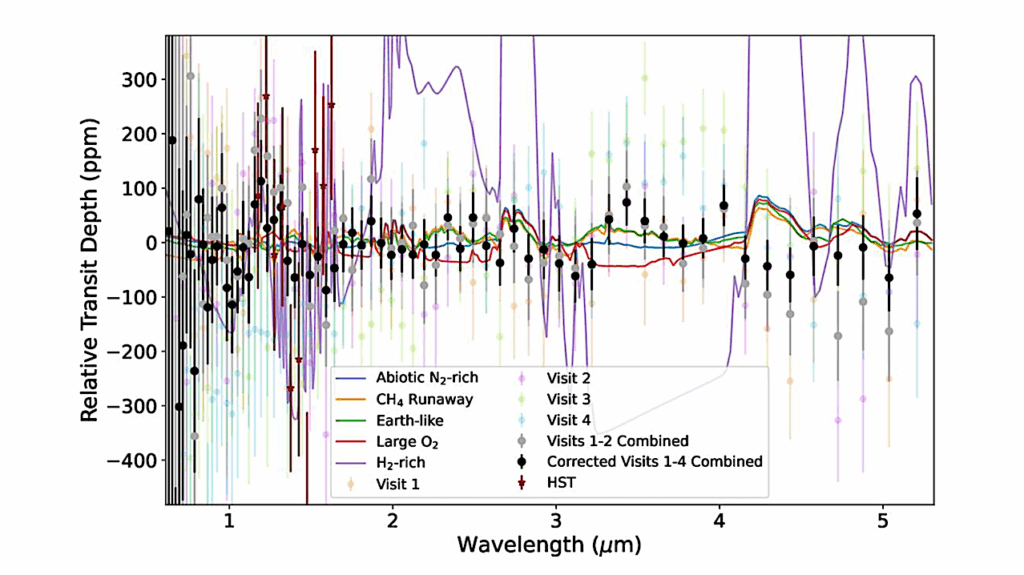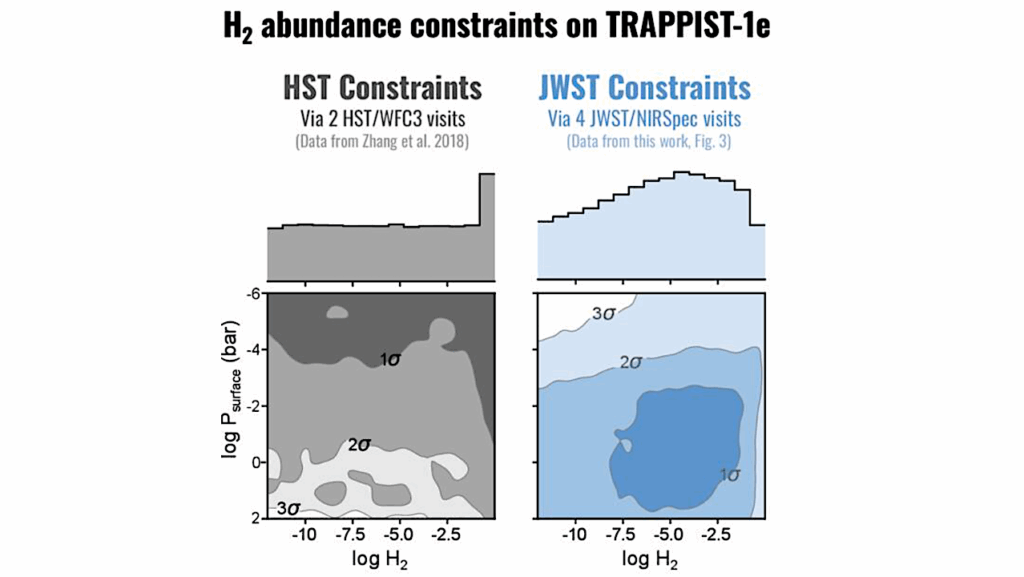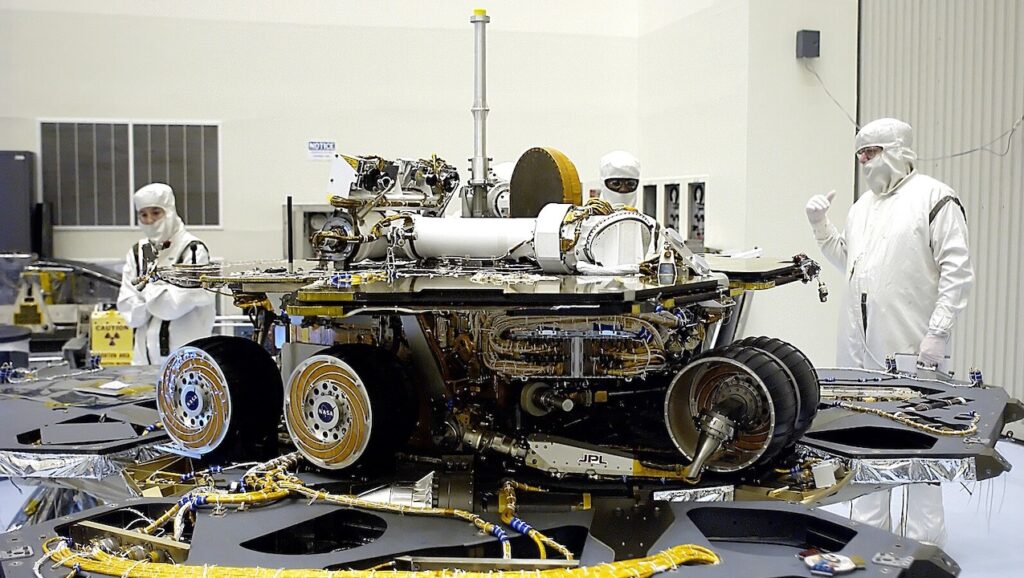Survival of Primordial Planetary Atmospheres: Photodissociation Driven Mass Loss

The most widely-studied mechanism of mass loss from extrasolar planets is photoevaporation via XUV ionization, primarily in the context of highly irradiated planets.
However, the lower energy regime of FUV dissociation of hydrogen molecules can also theoretically drive atmospheric evaporation on low-mass planets because the dissociation energy of hydrogen is an order of magnitude greater than the escape energy per proton from the gravity well of an Earth-sized planet.
For temperate planets such as the early Earth, impact erosion is expected to dominate in the traditional planetesimal accretion model, but it would be greatly reduced in pebble accretion scenarios, allowing other mass loss processes to be major contributors.
We apply the same prescription for photoionization to this photodissociation mechanism and compare it to an analysis of other possible sources of mass loss in pebble accretion scenarios. We find that energy-limited photodissociation could remove the hydrogen atmosphere of an early Earth analog over several Gyr, though not over the shorter period of mass loss in Earth’s early history. Impact erosion could remove ~2,300 bars of hydrogen if 1% of the planet’s mass is accreted as planetesimals, and these are dominant over all other mass loss processes.
Similar results apply to super-Earths and mini-Neptunes, which have only modestly greater escape energies. This mechanism could also preferentially remove hydrogen from a planet’s primordial atmosphere, thereby leaving a larger abundance of primordial water compared to standard dry formation models. We discuss the implications of these results for models of rocky planet formation including Earth’s formation and the possible application of this analysis to mass loss from observed exoplanets.
Alex R. Howe, Fred C. Adams, Michael R. Meyer
(Submitted on 18 Dec 2019)
Comments: Accepted by ApJ (26 pages, 2 figures, 3 tables)
Subjects: Earth and Planetary Astrophysics (astro-ph.EP); Solar and Stellar Astrophysics (astro-ph.SR)
Cite as: arXiv:1912.08820 [astro-ph.EP] (or arXiv:1912.08820v1 [astro-ph.EP] for this version)
Submission history
From: Alex Howe
[v1] Wed, 18 Dec 2019 19:00:01 UTC (869 KB)
https://arxiv.org/abs/1912.08820
Astrobiology








